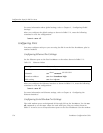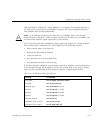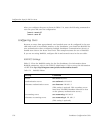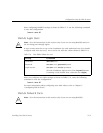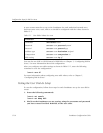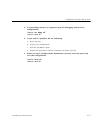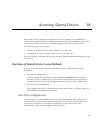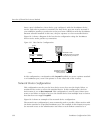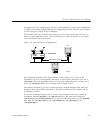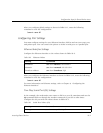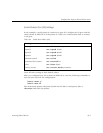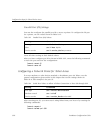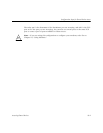
Overview of Shared Device Access Methods
18-2 PortMaster Configuration Guide
Once a port is defined as a host device, you configure it with the PortMaster device
service, and select a pseudo-tty terminal. The host device port can now be accessed if
you establish a pseudo-tty connection to the port from a UNIX host with the PortMaster
daemon software installed. In this case, the port operates as a host-controlled device.
Figure 18-1 shows a diagram of the host device configuration using the PortMaster
device service and a pseudo-tty connection.
Figure 18-1
Host Device Configuration
In this configuration, a workstation with in.pmd installed can access a printer attached
to a PortMaster port, even if the printer is on the other side of the country.
Network Device Configuration
This configuration sets the port for host device access, but uses the rlogin, Telnet, or
netdata device service to access the attached device. In this configuration, the host
device name is set as /dev/network. This configuration is used in cases where users
want to use Telnet or rlogin to log in to the shared device from multiple hosts or from a
host that does not support in.pmd.
Figure 18-2 shows an example of the network device configuration.
The network user configuration is most commonly used to provide a Telnet session with
the device attached to a specified PortMaster port. The example in this chapter sets ports
for network access so the administrator can telnet to each modem connected to a
PortMaster
√
X
11820002
printer
pseudo-tty
Workstation with
PortMaster daemon connects
with pseudo-tty connection
Workstation without
PortMaster daemon
cannot connect



